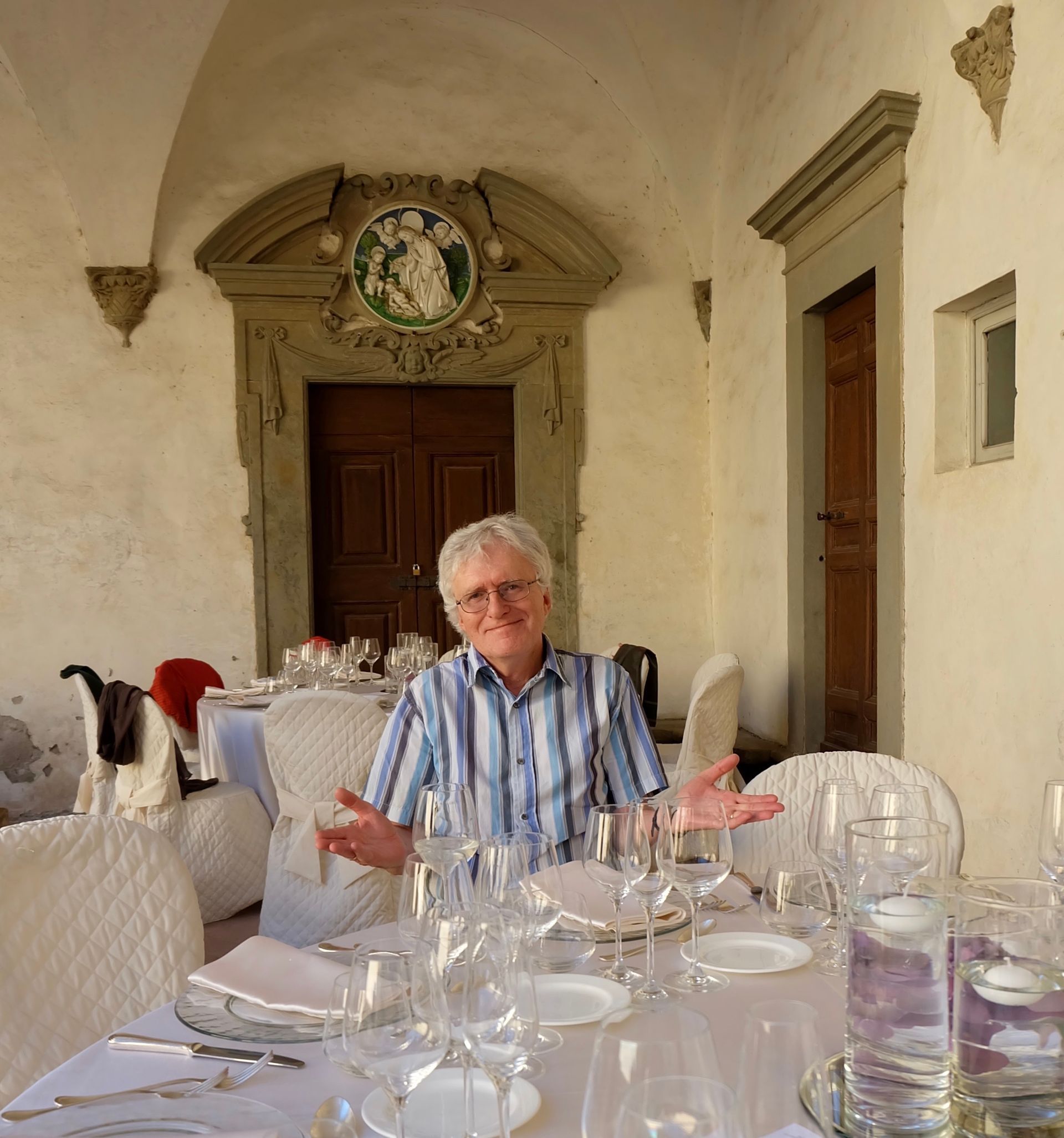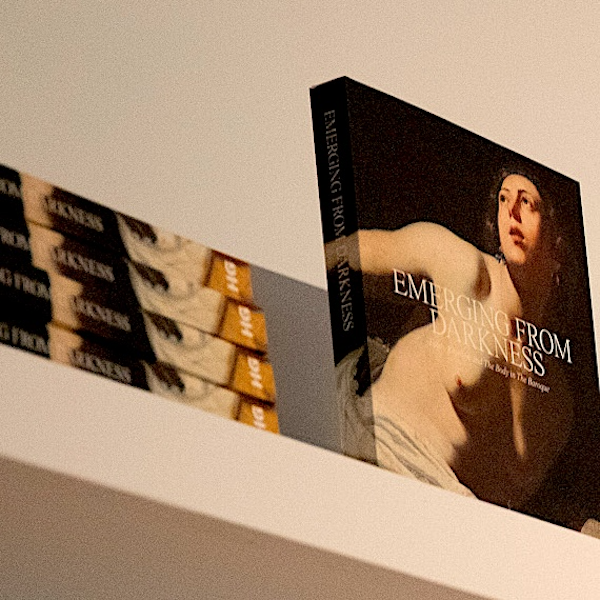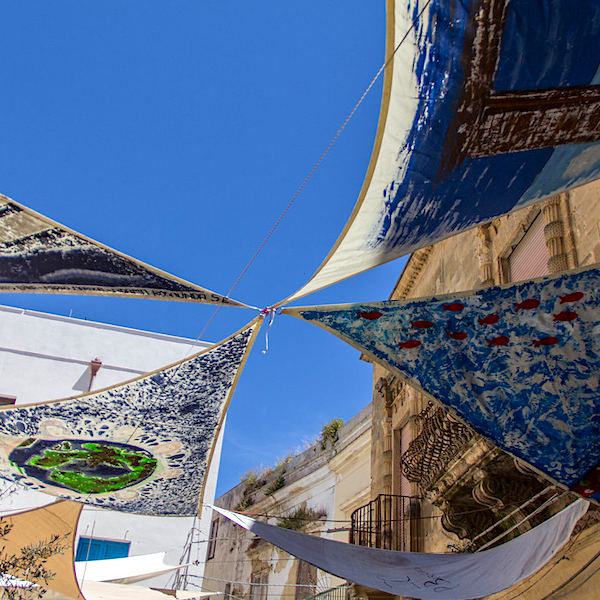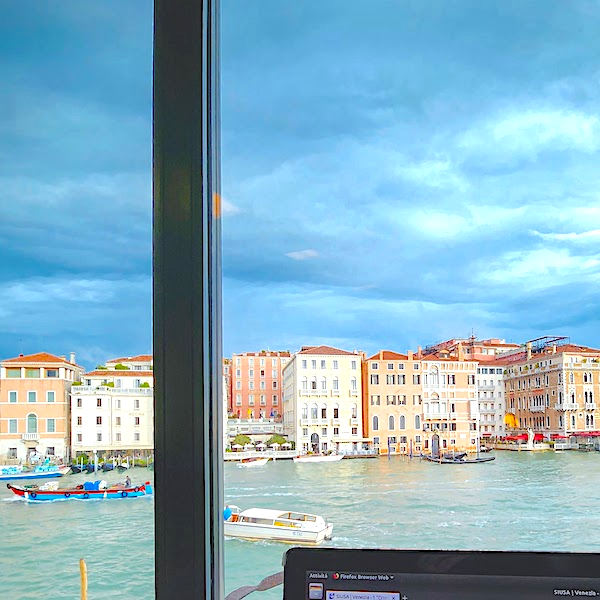Who wrote Australia’s first Italian cookbook?
Tania Cammarano University of Adelaide
Written in 1937, the First Australian Continental Cookery Book doesn’t at first glance appear to be an Italian cookbook, let alone the first one published in Australia by Italian migrants.
 It’s not called an Italian cookbook, its author is unknown, and it features recipes from many different culinary traditions. Close examination of the book, however, reveals more recipes come from Italy than any other place, those recipes contain more historical detail than do the others, and the foreword is very clear about what kind of food the author believes Australians should be eating, and why:
It’s not called an Italian cookbook, its author is unknown, and it features recipes from many different culinary traditions. Close examination of the book, however, reveals more recipes come from Italy than any other place, those recipes contain more historical detail than do the others, and the foreword is very clear about what kind of food the author believes Australians should be eating, and why:
“It is time for Australians to realise, in fact, that what one may call Mediterranean cookery has much to offer them. Italian cookery, for instance, embodies ideas, aims and methods that have not only been ripening for literally thousands of years, but have been doing so under climatic conditions far more closely resembling those of Australia than do the British… French cookery is practically an offshoot of the Italian. British cookery, with all its merits, can boast no such illustrious pedigree.”
Intrigued by both the sentiment expressed and the eloquence of the writing, I vowed to find out who penned it. My instincts told me it had to be an Italian, but how could I know for sure? I started in the most obvious place – with the publisher, the Cosmopolitan Publishing Company – and quickly found out it was comprised of a syndicate of politically-minded Italian migrants strongly linked with Fascism. The company was the idea of businessman Filippo Maria Bianchi who had come to Australia in 1928, and who, together with journalist Franco Battistessa, founded Il Giornale Italiano , a pro-Fascist newspaper which ran from 1932 to 1940.
It was when publication of the paper was threatened with disruption by its Australian printer because of the Italo-Abyssinian War that Bianchi decided to establish the Cosmopolitan Publishing Company in Melbourne’s CBD.
In addition to the newspaper, and many other works focused on teaching Australians about different facets of Italian culture, the company published the Vade Mecum
, an annual magazine described as a “Trade and Social Guide for Italians in Australia”. In the 1936 and 1937 editions, the magazine ran short biographies of men who were directors and shareholders in the Cosmopolitan Publishing Company. While there were over a hundred listed, one name stood out, that of Rinaldo Massoni. Not only was Massoni the proprietor of the Florentino restaurant in Bourke Street, which is today Grossi Florentino, but he had Tuscan origins, as do the majority of the recipes identified as belonging to a particular region in the book.  However, records in the National Archives of Australia show that Massoni’s English was not the best, and also that he was not a chef by trade, but rather a surgical instrument maker. Getting in touch with his granddaughter Michele Massoni-Dubuc confirmed it was not likely he was the author – she found no recipes amongst his personal papers or anything else to suggest he had authored the book.
However, records in the National Archives of Australia show that Massoni’s English was not the best, and also that he was not a chef by trade, but rather a surgical instrument maker. Getting in touch with his granddaughter Michele Massoni-Dubuc confirmed it was not likely he was the author – she found no recipes amongst his personal papers or anything else to suggest he had authored the book.
Disappointed, my attention then turned to Franco Battistessa, the editor of Il Giornale Italiano . Battistessa was educated in England, so his language skills were certainly good enough, and he was a staunch promoter of all things Italian. More than that, the wit and obvious intelligence of his newspaper writing is not dissimilar to that found in the First Australian Continental Cookery Book . In a bid to find a link, I travelled to the Mitchell Library in Sydney to look at an archive of his personal papers. What I found were countless letters to editors defending Italians, Italian culture, and, as an important part of culture, Italian food and wine, all written in his trademark engaging and passionate style. What I didn’t find was any evidence that he had written the First Australian Continental Cookery Book , so again, I was no closer to finding the author.
With no obvious leads left to follow up, I was hoping a recent presentation of my research at the Museo Italiano in Carlton might prompt someone to come forward with some new names or ideas about where to look. It didn’t eventuate, but not knowing the author doesn’t diminish the fact that the First Australian Continental Cookery Book with its revolutionary message for Australians to embrace foods from many countries, especially Italy, and look beyond Britain as their main source of culinary and dietary habits, was truly ahead of its time. For it could be argued that the future it envisaged for Australian cooks and eaters has, in many respects, come true.









